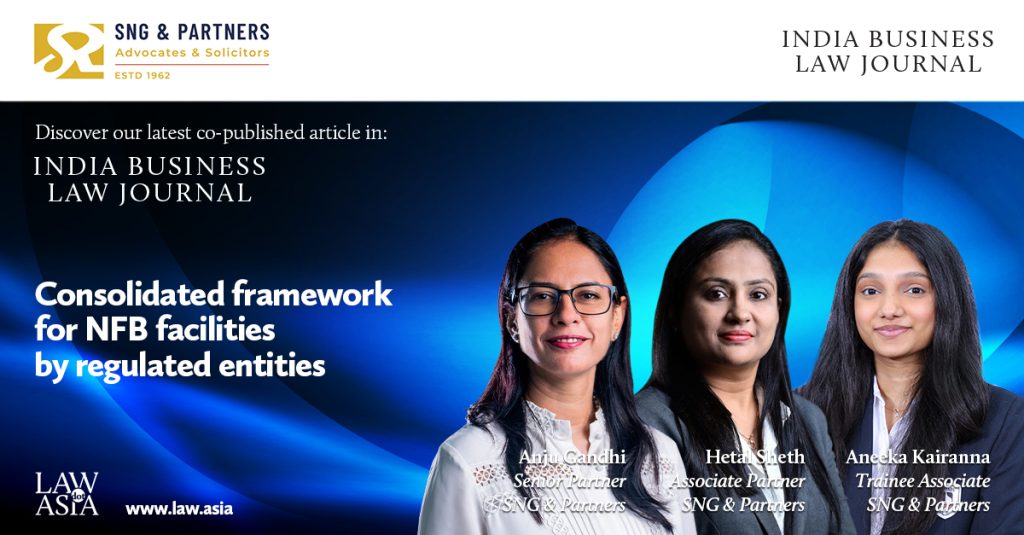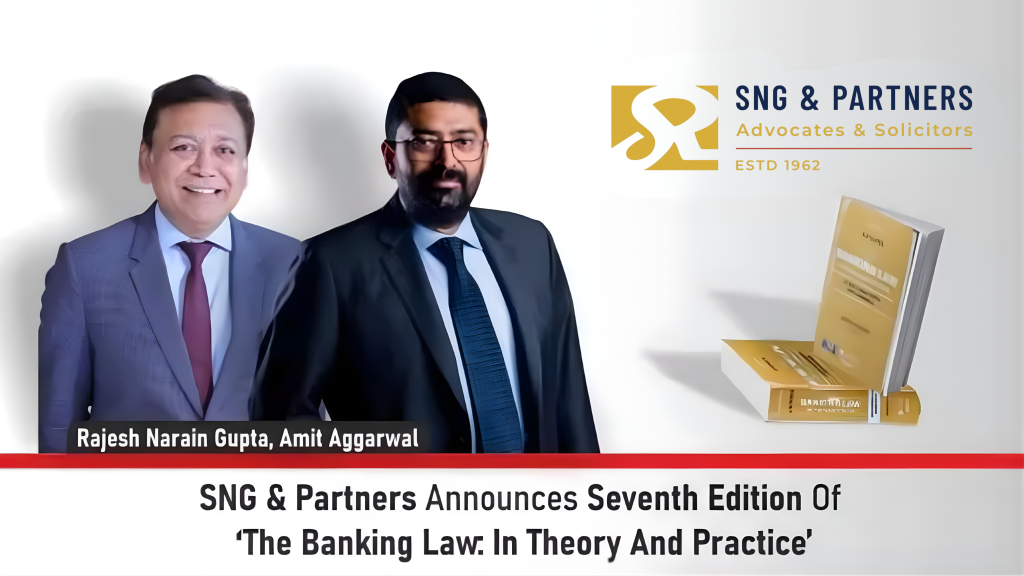Written By : Mr. Gopalakrishnan, Partner & Head of Litigation, Mumbai.
IBC’s success and efficacy in resolving corporate insolvency
IBC was enacted by the Parliament with the object to consolidate and amend the Laws relating to the reorganization and insolvency resolution of corporate persons, partnership firms and individuals in a time bound manner and for maximization of the value of the assets of such persons. It also talks about entrepreneurship, availability of credit and balance the interest of all stakeholders and alteration with regard to the priority of payment of Government dues.
Therefore, the key takeaways from the said Code is to complete the insolvency resolution process in a time bound manned, maximization of the value of assets and availability of credit and to alter the priority of Government dues, having said so, in the initial stages, the time limit set by the Code as intended by the law makers started showing stress and therefore the Code was amended with an intention to curtail unwarranted delays caused due to litigation. Today the time limit prescribed of 330 days is sacrosanct. As a Law which is evolving and because of the interpretation of the provisions of the Code by the Hon’ble Supreme Court in various cases has not come to finality. There is still a grey area with respect to the success and efficacy in resolving the corporate insolvency.
As regards the statistics are concerned, statistics throws a rather satisfying outcome. In this context what the statistics throws and what is brought to light for the general public or to a researcher and a student of IBC, is with respect to huge outstanding amounts due and payable by the corporate persons, especially, the steel sector, which for otherwise would have drained the profits of the majority of the Indian Banks. Therefore, on that count IBC is a welcome change and a fresh air into the congested world of available mechanism for the Lenders to resolve the big ticket cases.
Equally the major change was to uproot the concept of the priority of the Crown Debts which put the Lenders in a blind alley. This is a very welcome and bold initiative. Another welcome move is the introduction of Section 29A, which did not give the erring promoters to browbeat the system and start a fresh which if done would have been a travesty of justice for the Lenders. Further, Section 12 A of the Code also affords a chance to settle the dues in a winwin situation before the insolvency resolution process is completed. So by and large, as things stands today, which it may appear a small step, it is a giant leap for the Lenders and stakeholders in resolving the issues in a time bound manner.
Allowing a merger, amalgamation and demerger as a part of the resolution plan for a Corporate Debtor is a welcome step as the same intends for a resolution and not ripping-off the assets of the Corporate Debtor under liquidation. This move increases the maximisation of the value of the assets of the Corporate Debtor.
Challenges/Bottlenecks faced by the stakeholders of IBC in its effective
implementation
The challenges are many-fold. To begin with is the lack of co-operation and non-availability of the relevant material and details by the IRP/RP. While the Lenders are a part of the CoC and the CoC is the all power-full body the fact remains that each of the Lenders compete with each other to ensure that they get the best deal in their individual capacity. We have come across preferential transactions undertaken during the pendency of the Insolvency Application and before the moratorium sets in.
Besides during the resolution process any resolution plan accepted by the CoC is questioned by the rejected Resolution Applicant which again prolongs the litigation period and thereby the value maximisation gets deflated. While the Hon’ble Supreme Court has clearly laid down guidelines and to when and how a High Court can interfere in a matter pending before the NCLT. On a practical side, interested parties especially the suspended directors approach various foras to test their fortune. Contrary to the belief, small causes courts and such other lower courts who are ignorant about the Code readily passes such orders which again prolongs the time bound resolution.
Further, the suspended promoter-directors of the Corporate Debtor, even after the admission of the Corporate Debtor into the insolvency resolution process, affords an appeal before the Appellant Tribunal challenging the admission. In some cases, the Appellant Tribunal has allowed such appeals and even during the insolvency resolution process and when substantial time has been spent by the RPs, the said admission order has been reversed and brought back the NCLT for reconsideration. In one of the cases, on a technical issue that the Order of admission was not pronounced in the Open Court admitting the Corporate Debtor to the insolvency proceedings, the Application filed by the promoter-director of the Corporate Debtor was allowed by the High Court and was sent back to the NCLT for reconsideration. The recent Ordinance of December 2019 with regard to homebuyer’s right to approach the NCLT is a retrograde step.
** The above observations made, are from legal perspective only.
Future of IBC and suggestions that can ease its implementation going forward
As regards the future of IBC is concerned, unless concrete steps are taken, it is fast turning out to be a recovery Code.
NCLT has two functions, one is to function as a Company Court and to act as an Adjudication Authority under the Code. In the absence of clear-cut demarcation amongst the Benches, the role to act as an Adjudicating Authority takes a toll and causes delays. While the pecuniary limit of Rs. 1 Lakh as prescribed may be an attractive proposition from a view point of an Operational Creditor, the said limit in the eyes of a Financial Creditor is not a good proposition. In short, the limit for approaching the NCLT needs to be thoroughly revises and separate threshold has to be set forth for an Operational and Financial Creditor.
As on date more than 50% of the filings which consumes time and which ultimately ends up in a settlement from the Operational and Financial Creditor’s filings, can be avoided and the Adjudicating Authority can spend quality time in deciding big-ticket cases. Therefore, we suggest Rs. 10 Lakhs as a minimum threshold for an Operational Creditor and Rs. 5 Crores for a Financial Creditor.
Lack of members having adequate knowledge, experience and expertise in handling Company Law matters and allowing the procedures followed in a Civil Court again eats into the time in adjudicating the matter. There is absolutely no uniformity across all the Benches on a pan-India basis, with regard to the timelines as followed for either admitting or rejecting the Application. Besides, system of filings and pleadings differs from Bench to Bench. In short time is the essence of the success of the Code, however, we find that like the DRT we cannot rule-out the chances of using the NCLT as a recover court if urgent, concrete and stern measures are taken to avoid such a situation. Frivolous Applications filed has to be nipped in the bud, this can be achieved only if the threshold is increased.



